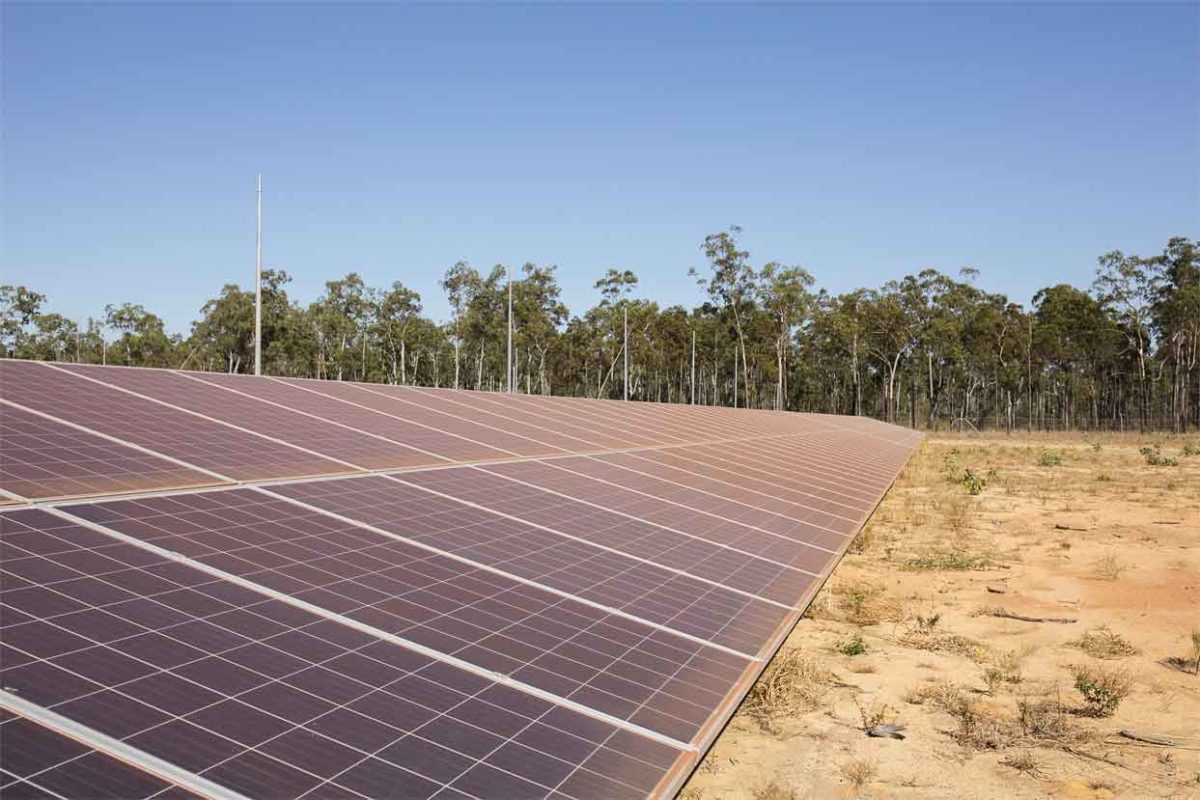Jointly funded by the Northern Territory government and managed by NT Power and Water, the $59 million Solar Energy Transformation Program (SETuP) is entering its second stage of construction. 17 remote communities residing in the Tiwi islands will receive reliable, clean and cost effective energy from solar PV arrays under the program – demonstrating that PV is not only better for the environment, but outcompetes diesel generation at the remote sites.
SETuP is also supported by ARENA, under a $31.5 million grant.
Executing Tranche Two of SETuP was awarded to Darwin based construction company Territoria Civil.
This program follows last year’s Tranche One under which 3.325 MW of solar PV into diesel power systems for Aboriginal communities.
When it became operational, the 10 systems Tranche One became some of the first in the Northern Territory to use solar for its energy generation.
In the Daly River community, alongside 1 MW of PV, a 2 MWh of lithium-ion storage was added. This allowed the community to go ‘solar only’ during daylight hours.
With Tranche Two a further 5.6 MW of PV will be installed at 17 Indigenous communities. The solar will be installed alongside diesel generators at 15 of the sites.
When Tranche Two is finished, the SETuP project will be provide a total of 10 MW of solar PV, making it one of the largest such initiatives globally.
“This project demonstrates how delivery of cost effective, renewable energy can be employed to provide reliable power to remote communities, where both energy demand and costs are high,” said Power and Water Chief Executive Michael Thomson.
This content is protected by copyright and may not be reused. If you want to cooperate with us and would like to reuse some of our content, please contact: editors@pv-magazine.com.








By submitting this form you agree to pv magazine using your data for the purposes of publishing your comment.
Your personal data will only be disclosed or otherwise transmitted to third parties for the purposes of spam filtering or if this is necessary for technical maintenance of the website. Any other transfer to third parties will not take place unless this is justified on the basis of applicable data protection regulations or if pv magazine is legally obliged to do so.
You may revoke this consent at any time with effect for the future, in which case your personal data will be deleted immediately. Otherwise, your data will be deleted if pv magazine has processed your request or the purpose of data storage is fulfilled.
Further information on data privacy can be found in our Data Protection Policy.